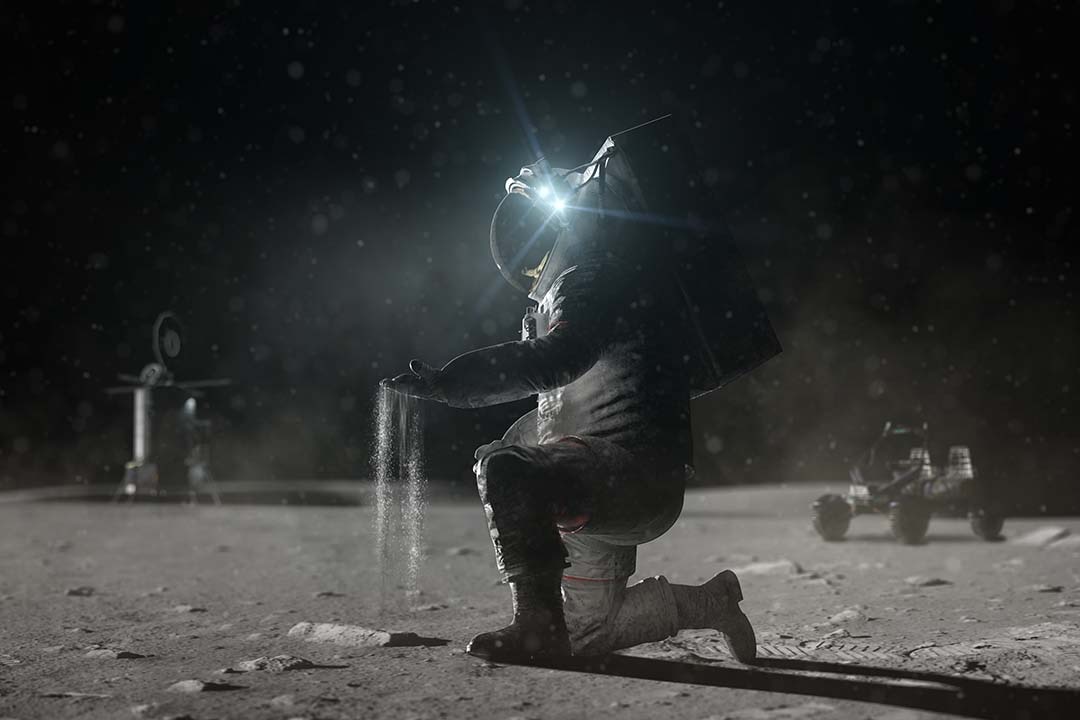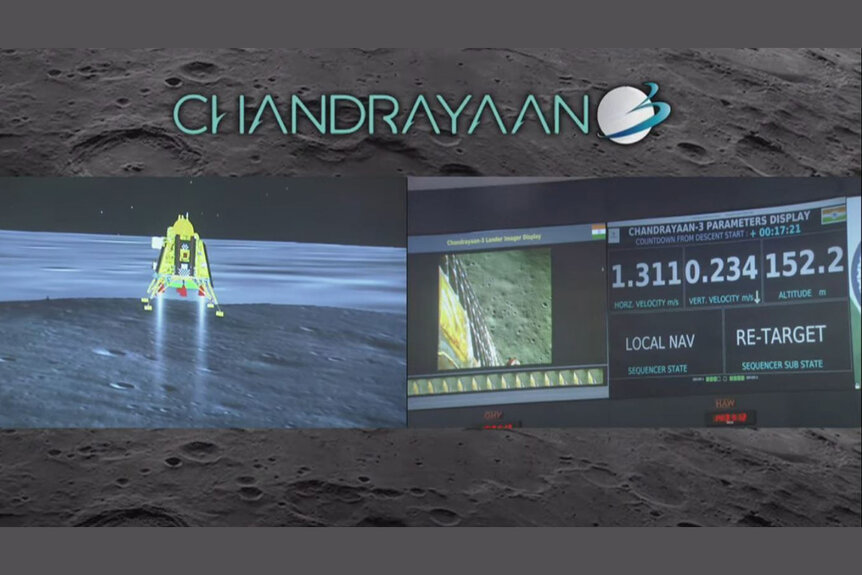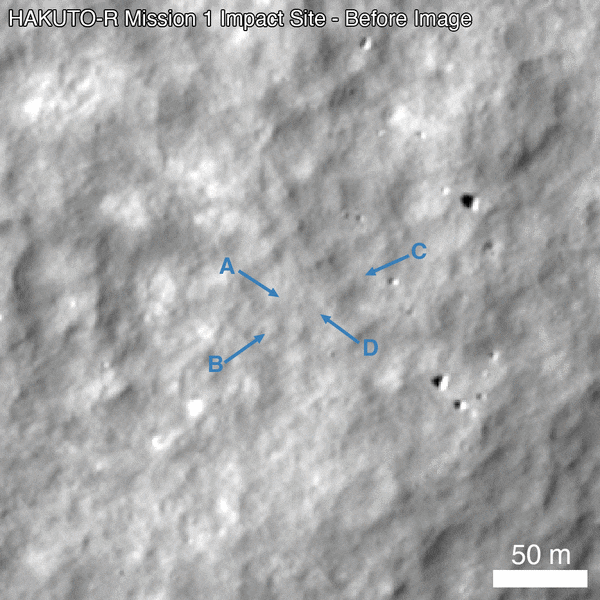Create a free profile to get unlimited access to exclusive videos, sweepstakes, and more!
The New Space Race Is On, with More Players Than Ever Before
The United States, India, Russia, China, Japan, the United Arab Emirates and more are all headed to the Moon.

It’s no secret that the Space Race between the United States and then-Soviet Union was a tense analogue for armed conflict, with both sides racing for the ultimate high ground. The fact that the conflict played out in the form of technological advancement and human exploration instead of with bombs and bullets is cause for celebration even if the motives were tainted. The race, documented beautifully in the short documentary Space Race (streaming now on Peacock), began in 1955 when the United States announced its intent to launch an artificial satellite into orbit.
The Soviet Union quickly responded with plans for their own artificial satellite, plans they made good on two years later. On October 4, 1957, the Soviets successfully launched Sputnik, the world’s first artificial satellite. Within a couple of month, the United States had its own satellite in orbit and within a few years, Yuri Gagarin became the first human being to orbit the world. From there, it was a breakneck race for the Moon.
RELATED: In the Market For a Moon Car? NASA Seeks Proposals for Next-Gen Lunar Rover
That race was decided on July 20, 1969, when Neil Armstrong and Buzz Aldrin touched down at the Moon’s Sea of Tranquility. Several crewed landings were carried out over the next several years, all by the United States, ending in 1972 with the successful return of Apollo 17. Now, more than half a century later, the race for the Moon is on again, and there are even more contestants.
The Second Space Race Is On!
Once again, the United States is leading the charge to return to the Moon, thanks in large part to decades of experience operating in space. NASA’s Artemis Program is ongoing, with the first uncrewed mission already in the bag, and Artemis II, the first crewed mission of the program, planned for launch in 2024. This time, however, the United States isn’t going to the Moon alone.
In addition to partnerships with other nations, including a Canadian astronaut on the crew of Artemis II, a number of other nations and private companies have their sights set on the Moon. Just this week, the Indian Space Research Organization (ISRO) successfully delivered a lander and a rover to the surface of the Moon. The mission makes India only the fourth nation to successfully soft land on the lunar surface, and the first to visit the Moon’s southern polar region.
The Moon’s South Pole is of particular interest because there are water ice deposits there, which might be useful for maintaining a long-term presence on the Moon. Because of the way the Moon orbits and wobbles as it turns around our planet, some parts of the poles rarely if ever see the Sun. There, water ice can hide out in craters indefinitely, waiting for us to come and get it. India’s small lunar rover will explore a 500-meter region around the landing site, looking for evidence of water ice alongside its other mission parameters.
The Russians are also headed for the Moon again (or for the first time, depending on your perspective regarding Soviet Union-Russia continuity) but they recently experienced a setback with the catastrophic failure of Luna-25. Japan, likewise, has its eye on the Moon but in an unconventional way. Rather than their state space agency JAXA spinning up a Moon mission, they’ve partnered with commercial company iSpace on their Hakuto-R program. The company launched a lander to the Moon in early 2023 and they got most of the way there, before their craft punched a new crater into the Moon’s surface.
China is likely the United States’ biggest competitor in the new Space Race. China has completed multiple successful landing missions and returned lunar samples to Earth for investigation, something only the United States and the Soviet Union had previously achieved. Landing humans on the Moon is the next obvious step in the evolution of China’s space exploration activities, and they’ve revealed at least part of how they’ll do it.
China plans to send two separate rockets, one carrying the lunar landing craft and another carrying the crew. The two rockets will rendezvous in lunar orbit, allowing the crew to transition to the lander for final descent. This method reduces the weight of an individual launch, sidestepping the need to develop more powerful launch vehicles.
RELATED: A new era in space flight: NASA launches Artemis 1, our first step in returning to the moon
Then there is the United Arab Emirates, a relative newcomer in the realm of space exploration. The UAE may be the new kids on the block but they’re moving fast, and they’ve got something to prove. Despite their comparative lack of experience, the UAE has achieved incredible results so far, not just in Earth or lunar orbit, but further afield as well. Their Martian Hope orbiter has been sending back incredible data and images from the Red Planet. Regarding the Moon, the UAE had a rover on the Hakuto-R mission which was obviously lost when the lander crashed. They have plans, however, to spin up another mission to soft land on the Moon. And given their track record so far, we have every reason to believe they’ll succeed.
Humanity’s relationship with space, particularly in low-Earth orbit or the vicinity of the Moon, has changed a lot since we last set foot there. There’s some debate about who will finish the second leg of the Space Race first, but whoever it is, they won’t have the Moon to themselves for long.
Catch Space Race, streaming now on Peacock!




























